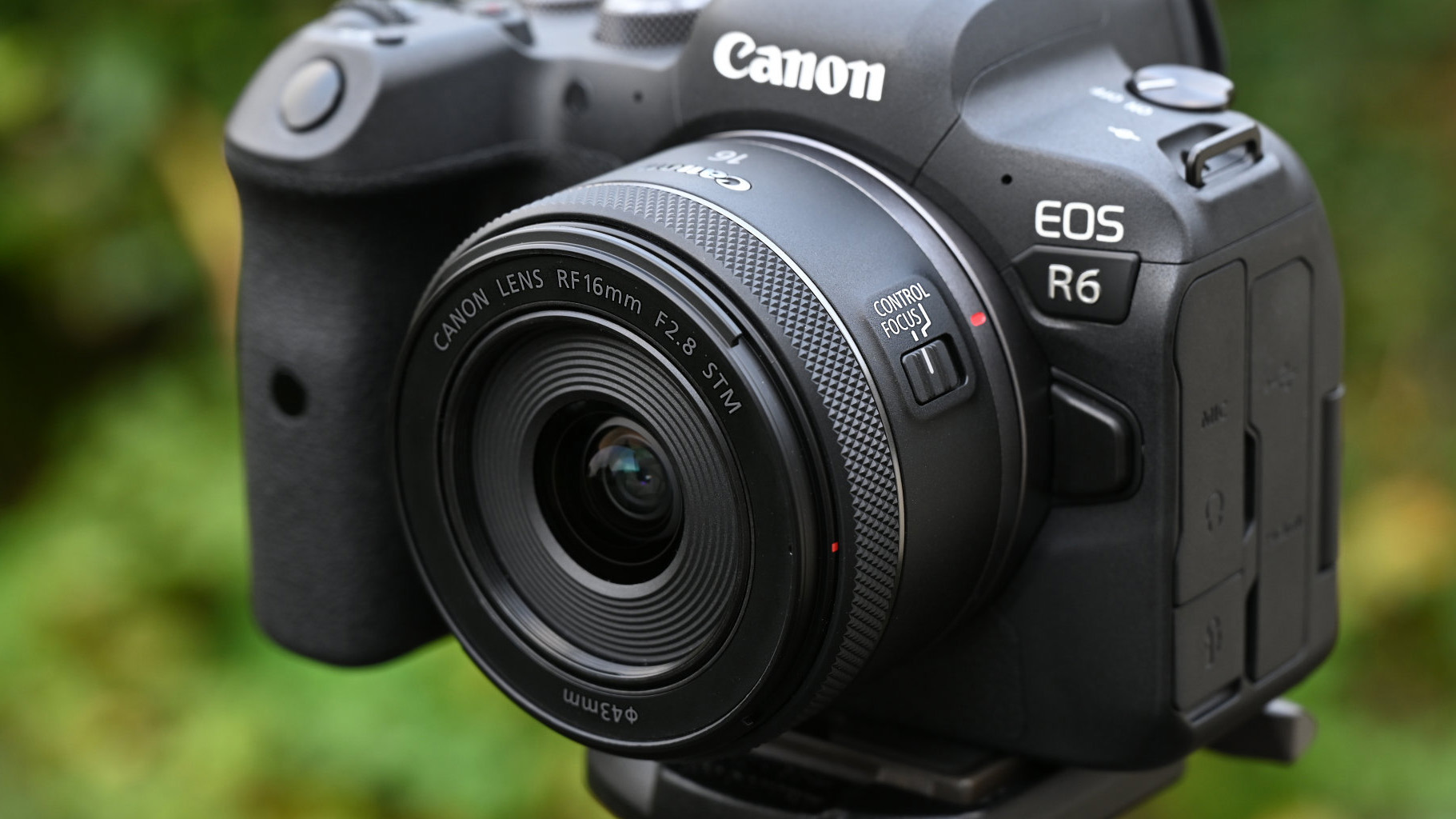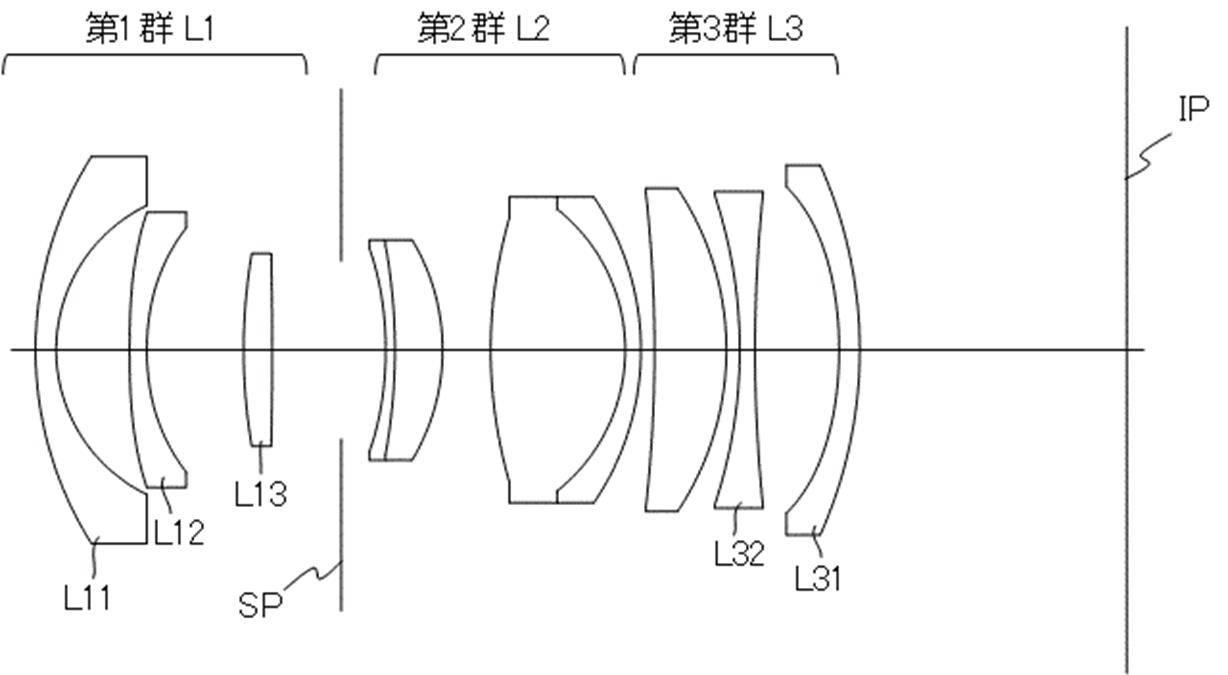
A few recent patents that have been resurfaced by the folks at Canon Rumors provide a very interesting insight, not only into just how Canon goes about designing its lenses but also asks the question of why it picks the ones it chooses to release.
The patents concern three optical formulas for cheap and cheerful RF full-frame f/2.8 prime lenses – namely a 15mm, 18mm and 19mm. The patents for these lenses show optical formulas that would be made up of fewer elements, which would be at the sacrifice of some image quality, but this would enable the lenses to be very light and compact.

If you think this all sounds familiar, then you're right, as Canon has released an RF 16mm f/2.8 STM lens that follows that exact same formula. The RF 16mm is not the most optically stunning lens out there (and requires a lot of in-camera corrections), but it makes up for that with its compact size that makes it perfect as one of the best lenses for travel and best lenses for vlogging.
What is interesting about this series of patents, though, is that it shows just how many optical formulas Canon concocts until it comes up with the model that is finally released. However, I think the more intriguing observation is why was the 16mm chosen out of all the options available?
A 15mm focal length, while only a smidge wider than the RF 16mm, in my mind would have been the better option for the target use – but was the optical quality so poor that it was abandoned in favor of the 16mm? Was an 18mm lens the best optically, but just not quite wide enough? Or did Canon just think that 16mm played best in marketing?
I don't have any answers to these questions, and I am sure no one knows outside of the very top brass at Canon why they do what they do – but they are still interesting and fun questions to ponder.
For more on all things Canon, check out our Canon Rumors hub for the latest speculation about what might be coming next. Or for Canon's current line-up, check out our guides to the best Canon camera and the best Canon RF lenses.







